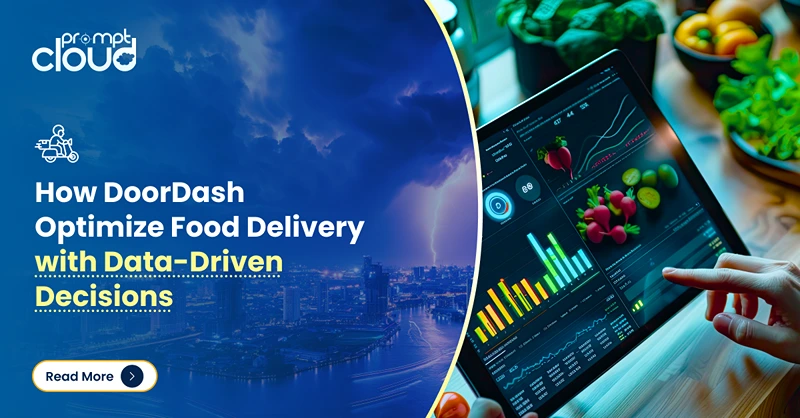Introduction to Datasets for Competitive Intelligence
In the tech-driven and fierce business world, access to critical information related to competitors has become one of the most common requirements for any company. Since the competition in the market is increasing each passing day, the rate of change in business also follows the suite. Hence, it has become essential to understand what the competition is doing to survive, grow and increase their market share. This brings us to Competitive Intelligence (CI).
Competitive Intelligence (CI) — a process deployed by companies to collect and analyze data, transform that into actionable insights, which can be used to make strategic decisions for the business’ future. The primary goal of competitive intelligence is to locate events, spot trends, and other incidents that can potentially affect your company. It can include everything from aggregating the Quarterly Reports of your competition to configuring automatic searches depending on the business type. In the simplest terms, CI can bolster your company’s reactive tactics and, in some cases, place you in a preventive mode as well.
Although it is feasible to gather a wide range of information related to your competitors, there is some essential and easily available information that every company must use. Accessibility has become easier because the web (largest data repository) can be used for harvesting data. Web data extraction solutions have become adept at data retrieval. For example, PromptCloud’s custom web extraction service can be used to set up bots that can perform automated crawls as per the desired frequency and deliver the datasets exactly as per the requirement in a ready-to-use format.
Moreover, the managed service ensures that you only focus on the consumption and application of data; instead of worrying about setting up the infrastructure for crawlers, maintaining them in case of structural changes in the web pages and training in-house engineers. Now that we’ve established the importance of outsourcing for effortless access to competitor data, let’s take a look at the most important competitive datasets.
1. Customer Reviews
Although it is mandatory for any business to listen to the customer reviews on products and services, it is equally important to understand the customer sentiment and feedback for the competitors’ offerings. This can reveal the features of the product or service elements that resonate with customers.
You can answer questions such as, what’s working with the buyers? what’s not working? What do they seek from the product/service? And more. The source for these types of reviews can be easily established by studying the nature of the business. For example, a consumer product manufacturer (like mobiles or watches) can get reviews from eCommerce sites like Amazon and Walmart. A hotel company can get the reviews from travel portals, and a B2B company can look at niche-specific directories and forums for reviews.
Apart from these channels, some of the social media sites like Twitter and Instagram can also be used to understand how customers are reacting to the competitors’ solutions. Here is an example.
Time for Samsung and Apple to look into this customer feedback? By the way, here is a post on the analyses of the tweets on the recent iPhone X and iPhone 8 launch. Although competitors’ data must not be sole criteria for decision-making, this data in conjunction with the data gathered from their own customers and internal operations can be used to derive solid insights
2. Press Releases
Press Releases are a great source to gather competitor data. It reveals the latest advancement in the company like new clients, products, partnerships, financial reports, analyst reports, and more. Since this information is readily available on the competitors’ website, the bots can be programmed to web crawl on a bi-weekly or monthly basis depending on the requirement.
You can look at this data to find out the strategic direction of the company. For example, a company releasing news related to new clients or partnerships in particular geography can imply that they are focusing in that region. This can be used to figure out how that would affect your company or if your company should also pursue similar direction. You can also monitor some of the prominent media outlets to gather news on any potential leaks or future direction of the company from the leadership interviews. Keeping an eye out for the major press releases data can further improve the knowledge of your competitive landscape.
3. Job Listings
Career section of the company can be a good indicator of the present and future state of the organisation. You can evaluate the type of ongoing recruitment to figure out the plans laid out by the competitor. If a company starts hiring a large number of sales personnel for a specific location, it’d be clear that they are expanding in that region. If the job postings for PhD candidates in Machine Learning or AI increases, it’d mean that the company is investing in cutting edge Research & Development projects. Thus feeding data, in turn insights, to your competitive intelligence.
Apart from that, you could look at the perks or wage offered (if available in the job listings) by the competitors to improve your talent acquisition plan. This can play a vital role as employer branding and the ability to attract better candidates goes a long way for any company.
Takeaway
Targeting, tracking, and collecting competitive datasets unveil critical insights that can be applied to strengthen your competition strategies. Real-time data scraping can provide invaluable insights, giving you the desired competitive edge in the market. Competitive intelligence is not a luxury, but a necessity for the businesses today.
Good thing is, technological advancements have made this a lot more easier and efficient. Customer reviews, press releases, and job listings data, all could be crawled and tracked easily via web scraping solutions like PromptCloud.


















































